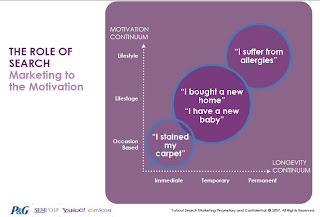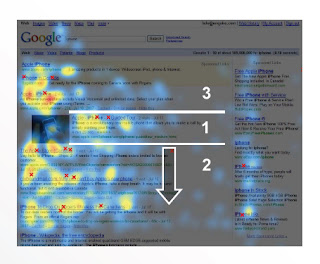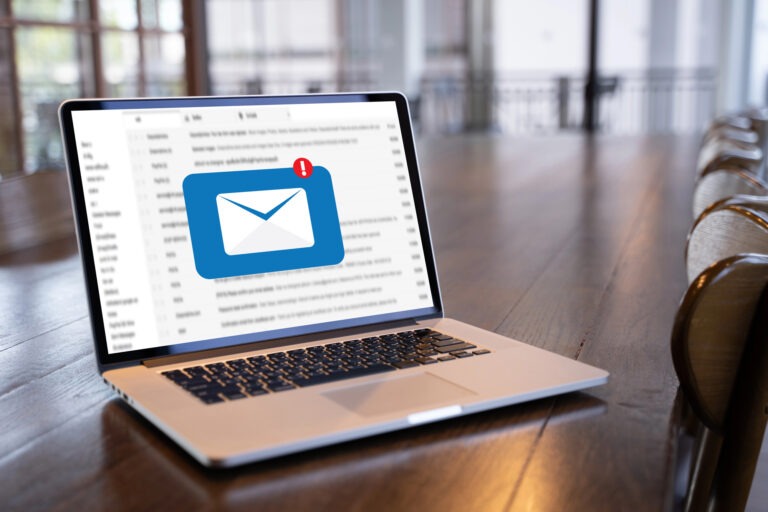Day 1
4-5:30 pm
Searcher Behavior Research Update – the panel focused on lots of case studies, from soccer moms to CPG’s. The panel discussed how important search was in consumer decisions and purchases, and how to cross market for the best results.
5 Speakers:
Pavan Lee, Microsoft
James Lamberti, comScore Networks
Oliver Deighton, Google
Stuart McKelvey, TMP Directional Marketing
Gordon Hotchkiss, Enquiro
The evening started off with Pavan from Microsoft, talking about a case study that is currently in progress for “soccer moms.” The case study is seeking to find out if search impacts mom’s buying trends. Microsoft found moms are Internet savvy, they are loyal when they find a favorite site, and search is significant in their purchase. 76% of moms are on the Internet for 1 or more hours per day, and 64% of them will go searching to find out more info after seeing a commercial or ad. INTERESTING! They also found that the higher the ticket price of a product or service, the more searches were done; which is typical. The bottom line after the case study was search is a SUPERPOWER in moms and their purchasing. Search was used for research and buying, and its important to cross promote with your commercials and print advertising.
The next speaker was James Lamberti, and he had great info on a case study that Yahoo, Proctor & Gamble, and other CPG’s teamed up on. (I didn’t know what CPG meant…don’t kill me Val…so for the sake of other clueless people it stands for Consumer Packaged Goods.) Obviously I am more an Internet marketer, not an Ad Agency for CPG’s haha! I really LOVED what James had to say about targeting the consumer in the lifestyle or lifestage, as opposed to what we typically do with occasion based marketing. He had a great graph titled “Market to the Motivation”:

Basically the study found that long term branding and consumer loyalty are built in the lifestyle and lifestage areas, even if it is with CPG products. He stressed that we need to give consumers content, coupons, and help on our websites, because they are not just looking for a good product deal, they are looking for good product info.
James went on to call Kelloggs out for spending millions redesigning organic boxes, spending millions to get them good shelf space, and then not coming up AT ALL in paid or organic search for “organic boxed cereal” or other terms. What a waste, you could’ve grabbed some more organic buyers there Kelloggs! Its ok you must be slow – your headquarters are in Michigan. James stressed to think of your “search space” just like your “shelf space.” To a geek like me this seems natural, but I guess some of the larger companies and Ad Agencies are just starting to come around and realize branding is done online too 🙂
Also speaking was Google product development head, Oliver. Google did a case study on people age 25 and up who wanted to buy a fuel efficient car. They changed their SERP for the test product to show it #1 in organic, #1 in PPC, #1 in both organic and PPC, and the normal Google results page. Google found that consumers are 16% more likely to remember a brand or company if its in the organic AND PPC search. They also found that users retained the company name and would consider buying it 10% more of the time if it was featured in PPC and organic. (keep in mind this is all based off of only SEEING the search results, people were not clicking anywhere)
It was also interesting to find that users looked at the title and the URL of results, but not the descriptions so much. So, as SEMs, what do we do? We put your brand in the title, and in the URL, and as close to the title or LEFT in the description as possible for easy recognition. Google’s main findings were:
-Branding snowballs with search
-You should advertise on unbranded and branded keywords
-Taylor your ad to prospects, those with no brand affinity
I really liked speaker #4, Jonathan, because he did a local sample. The more I optimize local businesses, the more I love it. The study was on pizza places, auto dealers, moving and storage, etc.
How do search engines stack up to print marketing when you are talking local businesses? Well, it starts off with 1 BILLION local searches per month. So if you think everyone is still looking at the yellow pages you’re wrong. They asked consumers “What is the primary source of your local business info” and a whopping 60% told them the internet. I was actually surprised to see that 33% responded to that question with the Yellow pages. In further drilling down, it was discovered that online was used mostly for research, and the yellow pages for specific businesses and physical locations.
What types of local search are people using? There are 3 main types:
1. IYP – Internet Yellow pages like superpages, Y! yellowpages, etc.
2. Local Search – MSN, citysearch, etc.
3. General Search – main search enginators…my notes are boring so i am making up new words… (google, yahoo, msn, ask)
The question was asked: “What was the primary reason people selected a local business in print or online?” The answer is familiar: LOCATION, LOCATION, LOCATION!! I loved to hear, though, that although a large percentage of consumers used the internet for research they did NOT buy online, the internet drove them into the store physically, or to call. How awesome is it that no matter how technical we all become, we do still like to talk and work directly with eachother? Awww…warm fuzzy. THAT being said, if you are a local business Cal Coast is optimizing, you BETTER BE ASKING people where they heard of you. Why? Well, just because you’re not getting tons of funds through the website, remember…. we could be increasing your in store sales with the kick-butt testimonials, blogs, or content we added to your site. 🙂
The last speaker was Gordon with Enquiro, his eye charts fascinate me! No, they are not your usual eye charts… they are charts of the hot spots where the eye looks on SERPs. His presentation overlapped the previous one a bit so this will be short. Remember he stated the “golden triangle” is on its way to becoming outdated with blended and universal searches. The golden triangle used to be broken down further into the shape of an F, and now people are scanning in the shape of an E. It tends to be up, down, and all around an image actually:
 Gordon pointed out that people don’t look directly at images, but the eye sees them peripherally and thinks that important info will be above and below. This is a scanning concept known as “fencing”, studies show people tend to look more ABOVE the image, however, if the results are personalized, they will look below too; a lot. Gordon also pointed out that the upper left part of SERPS is still very important, and the right side has not seemed to catch up yet. Now that universal search is upon us, Gordon feels the right side will change soon and play a larger part in eye tendencies. I wonder where the PPC ads will go when everyone begins putting news, video, or images on the right???
Gordon pointed out that people don’t look directly at images, but the eye sees them peripherally and thinks that important info will be above and below. This is a scanning concept known as “fencing”, studies show people tend to look more ABOVE the image, however, if the results are personalized, they will look below too; a lot. Gordon also pointed out that the upper left part of SERPS is still very important, and the right side has not seemed to catch up yet. Now that universal search is upon us, Gordon feels the right side will change soon and play a larger part in eye tendencies. I wonder where the PPC ads will go when everyone begins putting news, video, or images on the right???
All in all this was a great session, lots of fun marketing concepts 🙂



